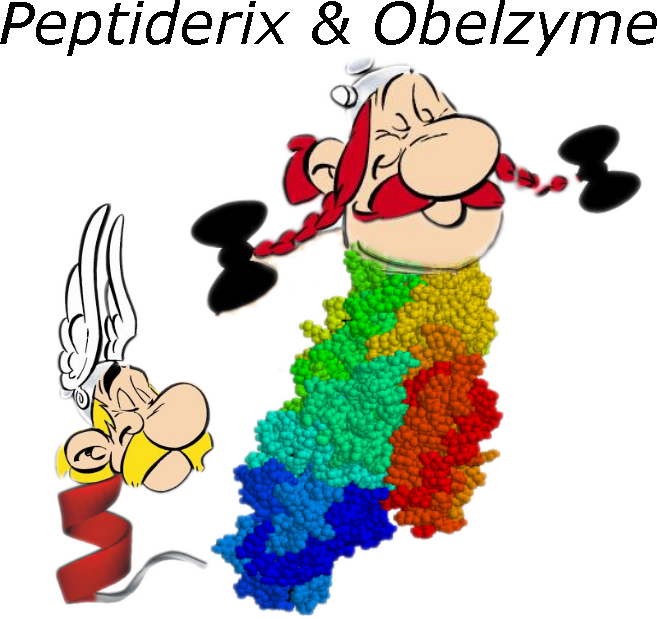Team:Imperial College London/M1
From 2009.igem.org
JamesField (Talk | contribs) (→40px Module 1 Overview) |
JamesField (Talk | contribs) (→40px Module 1 Overview) |
||
| Line 22: | Line 22: | ||
Click below for more information: | Click below for more information: | ||
| + | |||
| + | <a href="https://2009.igem.org/Team:Imperial_College_London/M1_Detail">Click here; <img src="https://static.igem.org/mediawiki/2009/4/4c/Aberdeen_Right_arrow.png"></a> | ||
| + | |||
<html><left><a href="https://2009.igem.org/Team:Imperial_College_London/M1_Detail"><img width=100px src=" | <html><left><a href="https://2009.igem.org/Team:Imperial_College_London/M1_Detail"><img width=100px src=" | ||
Revision as of 18:05, 16 September 2009

 Module 1 Overview
Module 1 Overview
The E.ncapsulator has been designed to produce and deliver polypeptides (amino acid polymers) to the intestine. Module 1 encompasses the polypeptide production phase. During this period, our polypeptide of interest is synthesised at a rate sufficient to faciliate its accumulation inside the cell.
To demonstrate The E.ncapsulator's versatility, we have chosen to showcase it with both enzymes and peptides. These two classes of polypeptide have very different properties that we have considered and catered for in The E.ncapsulator's design. To learn about the difference between enzymes and peptides, <a href="https://2009.igem.org/Team:Imperial_College_London/M1_Detail">
Polypeptides are classified according to their size and functional properties. Small polypeptides are simply termed 'peptides'. Peptides often play a role in signalling and enzyme inhibition. At the other end of the spectrum, we have enzymes which are typically much larger with complex three dimensional structures. Enzymes serve to accelerate the rate at which chemical reactions occur within the cell.
Although The E.ncapsulator is designed to be versatile with regard to which protein is to be produced, we have chosen two enzymes as demonstration, phenylalanine hydroxylase and cellulase.
Click below for more information:
<a href="https://2009.igem.org/Team:Imperial_College_London/M1_Detail">Click here; <img src=" "></a>
"></a>
Cellulase

Cellulose is a compound that is abundant in the human diet - it is what is commonly referred to as 'dietary fibre.' However, the human body is unable to degrade cellulose into glucose naturally, as it lacks the enzymes required to break down this fibrous material.
Cellulase is an enzyme that breaks down cellulose to glucose. By engineering The E.ncapsulator to produce this enzyme and delivering it to the small intestine, we would give the consumer the ability to digest dietary fibre. This would allow more energy and nutrients to be extracted from food; that which was previously unavailable.
More information on cellulase can be found here
Phenylalanine Hydroxylase
Phenylketonuria is a digestive disorder caused by an inability of the body to break down the amino acid phenylalanine. The amino acid accumulates in the blood, and can cause serious health problems for afflicted individuals. Current treatments for the condition revolve around following a strict very low protein diet.
Phenylalanine Hydroxylase (PAH) is an enzyme that breaks down the amino acid phenylalanine into tyrosine. By introducing this enzyme into the digestive system with The E.ncapsulator's unique drug delivery mechanism, we hope to treat the sufferers of PKU.
To find out more about phenylketonuria and PAH, click here.


| Next > Module 1: Genetic circuit |
 "
"







